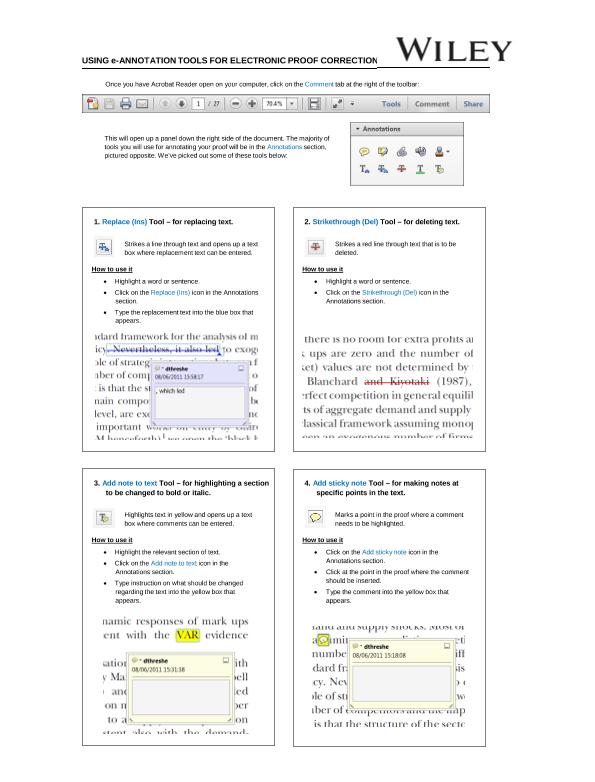Artículo
Volatile compounds released by maize grains and silks in response to infection by Fusarium verticillioides and its association with pathogen resistance
Fauguel, Carolina María; Campos Bermudez, Valeria Alina ; Iglesias, J.; Fernandez, M.; Farroni, A.; Andreo, Carlos Santiago
; Iglesias, J.; Fernandez, M.; Farroni, A.; Andreo, Carlos Santiago ; Presello, Daniel
; Presello, Daniel
 ; Iglesias, J.; Fernandez, M.; Farroni, A.; Andreo, Carlos Santiago
; Iglesias, J.; Fernandez, M.; Farroni, A.; Andreo, Carlos Santiago ; Presello, Daniel
; Presello, Daniel
Fecha de publicación:
09/2017
Editorial:
Wiley Blackwell Publishing, Inc
Revista:
Plant Pathology
ISSN:
0032-0862
Idioma:
Inglés
Tipo de recurso:
Artículo publicado
Clasificación temática:
Resumen
Many plants respond to fungal infections by producing and/or emitting a specific blend of oxylipins, some of them through the lipoxygenase (LOX) pathway. In vitro bioassays revealed that volatiles from silks and grains of a set of six maize genotypes with variable resistance to Fusarium verticillioides affected fungal growth in different ways. Analyses by solid phase microextraction and GC-MS showed different volatile profiles in silks and grains of each genotype. Susceptible genotypes with higher concentrations of precursor polyunsaturated fatty acids produced more volatiles, mainly C9 compounds, in comparison to moderately resistant ones. Real-time PCR from several lipoxygenase transcripts revealed that levels of gene expression depended on the genotype and the inoculation level and suggested that F. verticillioides could use compounds from the 9-LOX pathway to promote infection in grains. On the other hand, volatiles produced by the 13-LOX pathway were more important in moderately resistant genotypes and could be associated to field resistance. Results from this set of genotypes indicate that LOX-regulated volatile compounds might be important in F. verticillioides infection and should be targeted in further research to understand disease resistance.
Palabras clave:
Fusarium Verticillioides
,
Lipoxygenase
,
Maize
,
Oxylipin
,
Volatile Compounds
Archivos asociados
Licencia
Identificadores
Colecciones
Articulos(CEFOBI)
Articulos de CENTRO DE EST.FOTOSINTETICOS Y BIOQUIMICOS (I)
Articulos de CENTRO DE EST.FOTOSINTETICOS Y BIOQUIMICOS (I)
Citación
Fauguel, Carolina María; Campos Bermudez, Valeria Alina; Iglesias, J.; Fernandez, M.; Farroni, A.; et al.; Volatile compounds released by maize grains and silks in response to infection by Fusarium verticillioides and its association with pathogen resistance; Wiley Blackwell Publishing, Inc; Plant Pathology; 66; 7; 9-2017; 1128-1138
Compartir
Altmétricas



